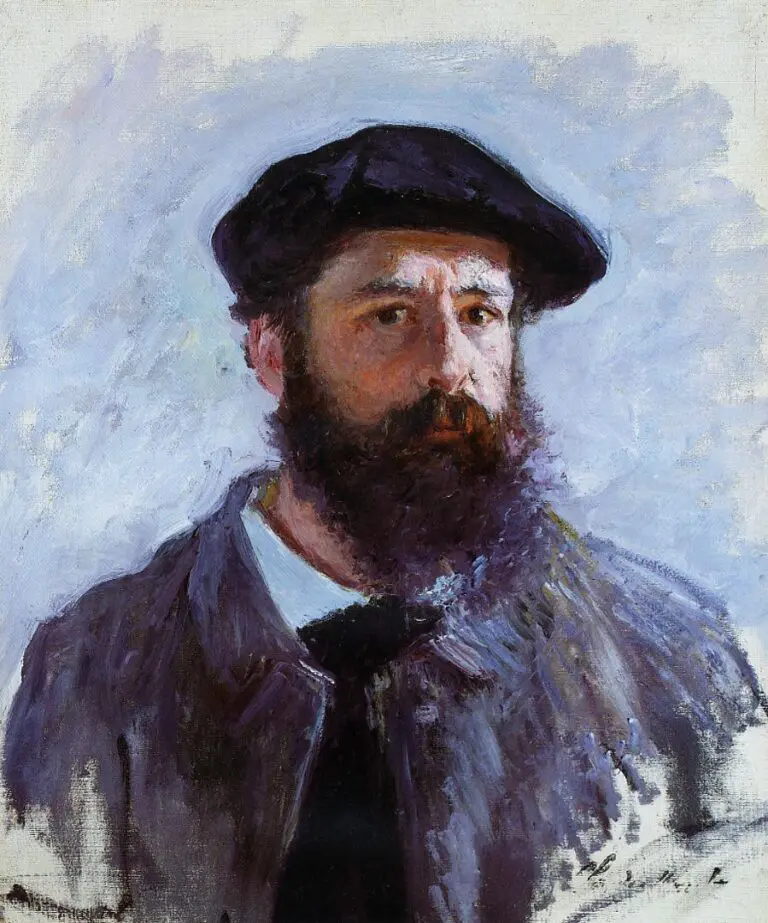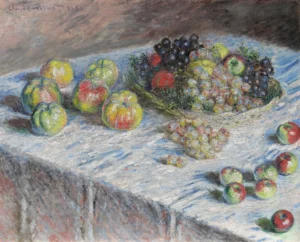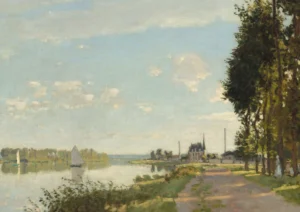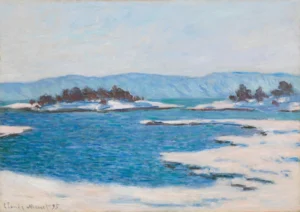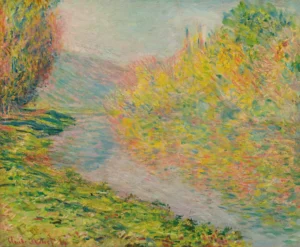Water Lilies (1907)
The Water Lilies series, created by Claude Monet in 1907, is a vibrant exploration of light and nature, focusing on the enchanting water garden at his home in Giverny. Monet's innovative technique emphasized the play of light on the water's surface, depicting lily pads and their reflections in a way that invites the viewer into a serene yet dynamic world. With no clear horizon, the paintings challenge the perception of space, embodying the essence of Impressionism and evoking a meditative quality that continues to captivate audiences today.
1907
About the Artwork
Monet began work on his water garden in Giverny in 1903, drawing inspiration from Japanese aesthetics and the natural environment surrounding his home. By 1907, he had evolved his style to focus on the surface of the pond, often eliminating the horizon line and showcasing the serene beauty of lily pads and their reflections. These paintings were a personal refuge for Monet, representing his vision of nature and his desire to convey the ephemeral quality of light. The exhibition of these works in 1909 marked a pivotal moment for Monet, cementing his status as an artistic innovator while simultaneously resonating with the public and critics who praised the emotional depth of his imagery.
Click on the image to enlarge
Did You Know
Liked what you see? Add it to your collection.
Enjoyed reading? Share it.
... continued
Creation and Inspiration
Monet began painting his water garden at Giverny in 1903, and by 1907, he had developed a distinctive style that emphasized the play of light and reflections on the water's surface. These paintings were inspired by Japanese prints and aimed to evoke the presence of the surrounding environment through subtle suggestions rather than direct representation.
Characteristics
The 1907 paintings typically feature lily pads and flowers floating on the surface of the pond, with reflections of the sky and trees. Monet focused on capturing the surface of the pond, often eliminating the horizon line to create a spatially ambiguous effect. This technique emphasized the horizontal surface of the water on a vertical canvas.
Exhibitions and Reception
In 1909, Monet exhibited forty-eight of these 'water landscapes' at the Paris gallery of his dealer, Paul Durand-Ruel. This exhibition was a significant financial, popular, and critical success, with critics comparing the paintings to poetry and music due to their evocative and impressionistic qualities.
Specific Works
One of the Water Lilies paintings from 1907, housed at the Museum of Fine Arts, Boston, measures 96.8 x 98.4 cm (38 1/8 x 38 3/4 in.) and was bequeathed by Alexander Cochrane. It features the characteristic lily pads and reflections that suggest the surrounding environment without direct depiction. Another work from 1907 is part of various private and public collections around the world, each capturing different aspects of Monet's garden under varying light conditions.
Provenance
Many of these paintings have complex provenances, having been sold multiple times through dealers like Durand-Ruel and Bernheim-Jeune before ending up in their current collections. For example, the Boston MFA's 1907 Water Lilies was sold by Monet to Bernheim-Jeune and Durand-Ruel in June 1909, then to Alexander Cochrane, and eventually bequeathed to the MFA in 1919.




